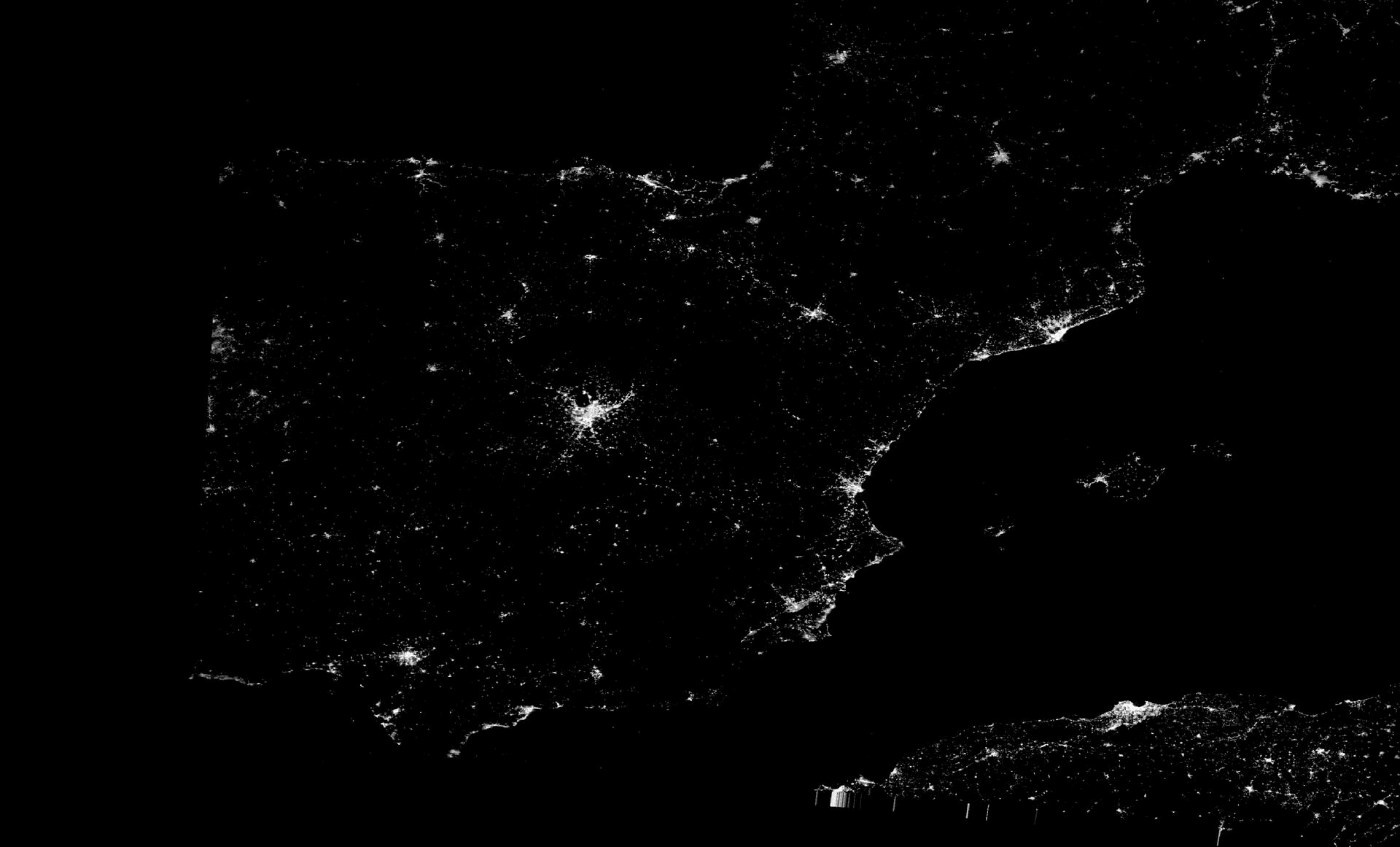After 12:33 p.m. on April 28, a significant power outage occurred on the Iberian Peninsula, which was even documented from space. Three NASA satellites in polar orbits tracked the power outage, which in several locations lasted well into the early morning hours, and its gradual restoration. The US space agency’s satellites – Suomi-NPP, NOAA-20, and NOAA-21 – flew over Spain and Portugal six times between dusk and dawn, capturing a series of images documenting the progression of the blackout.
The European Space Agency (ESA) explained that the clear night over almost the entire area facilitated the capture of the images. In a statement released Monday, the images illustrate the chronology and mapping of the blackout, starting with the first overpasses at dusk and ending with the near-complete restoration of power.
While power was restored in most parts of the region by nightfall, some regions remained in the dark longer. In eastern Andalusia, in southern Spain, the provinces of Almeria and Granada show a loss of urban light well into the early morning hours, according to ESA.
“Earth observation satellites are critical for responding to events and emergencies on our planet. On April 28, three NASA satellites in polar orbits captured images of the power outage and documented how power was restored in Spain and Portugal,” the agency summarizes on its X account.
Alejandro Sánchez de Miguel, a researcher at the Institute of Astrophysics of Andalusia (IAA-CSIC), explains the images in the ESA press release: “By superimposing the satellites’ successive overpasses and applying NASA’s nighttime algorithms, we can identify large green patches that appear suddenly and gradually fade.”
The green dots indicate the absence of light, while the white dots represent areas with stable power supply. This distribution corresponds to the operational reports of the electricity companies and the gradual return to normality, adds the scientist, who is involved in several ESA initiatives to monitor light pollution from space.
The events of April 28 highlight the need for space observation tools to assess the resilience of critical infrastructure, prioritize repairs, and optimize emergency response, according to ESA. Most Europeans live under light-polluted skies.
For example, ESA is participating in the Night Watch project, a European multispectral mission to study nighttime light emission. “Cases like this blackout help establish thresholds for future monitoring systems,” the European agency concludes.




